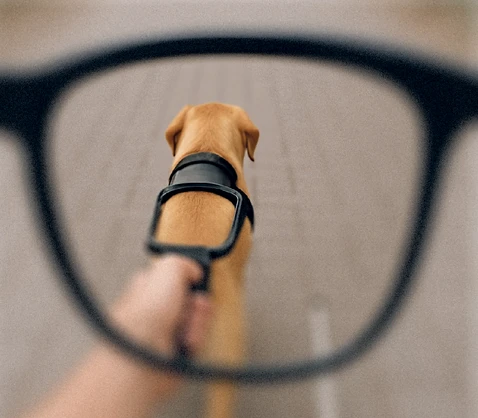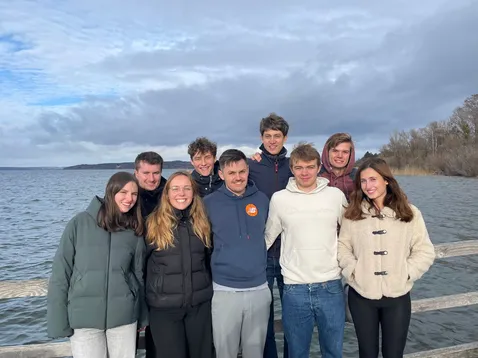InsEYEght
About our project
During the course of our 20-month project, our objective was to make a contribution to improving the daily lives of blind and visually impaired people. Our primary objective was to enhance the safety of this group in public spaces. For this reason, the initial challenge of our project was to gather the experiences and perspectives of blind people, in order to meet the real needs of those affected.
With the support of our supervisor, Prof. Dr. Ing. Johannes Betz and our tutors' we aimed to investigate on: "What are the most pressing problems and challenges that visually impaired and blind people face on a daily basis, and how can these be addressed with tools assisted by artificial intelligence?"
Study Structure
The project was divided into three sections.
Information gathering
In the first stage, we initiated contact with several self-help group organizations to gain an understanding of the environment and circumstances in which people with visual impairments go about their daily lives. This informed the subsequent semi-structured interviews.
A total of 30 interviews were conducted. The interviews were designed to gather qualitative data on specific needs and requirements, as well as the current limitations of classical and Al-based tools.
Data analysis
Following this, we conducted a quantitative content analysis of the interviews to identify common issues, as well as requirements and potential desires for assistive tools.
Prototype Development
Finally, we initiated the development of a prototype. Our primary focus was set on close-range tasks, where traditional aid tools fail, such as bus number recognition, a common and relevant issue.
Team
- Joshua Fehn (B. Sc. Information Systems and Engineering Science)
- Max Schultz (B. Sc. Biochemistry)
- Samuel Clemens Friese (B. Sc. Physics)
- Maximilian Hillgärtner (Medicine)
- Chiara Deleu (B. Sc. Chemical Engineering)
- Liza Saneblidze (B. Sc. Life Sciences Biology)
- Oliver Meixner (M. Sc. Applied and Engineering Physics )
- Maximilian Ludwig Kellner (B. Sc. Bioeconomy)
Tutors
- Monica Dechene
- Martin Zirngibl
Supervisors
Contact
Email: inseyeght(at)ja.tum.de

